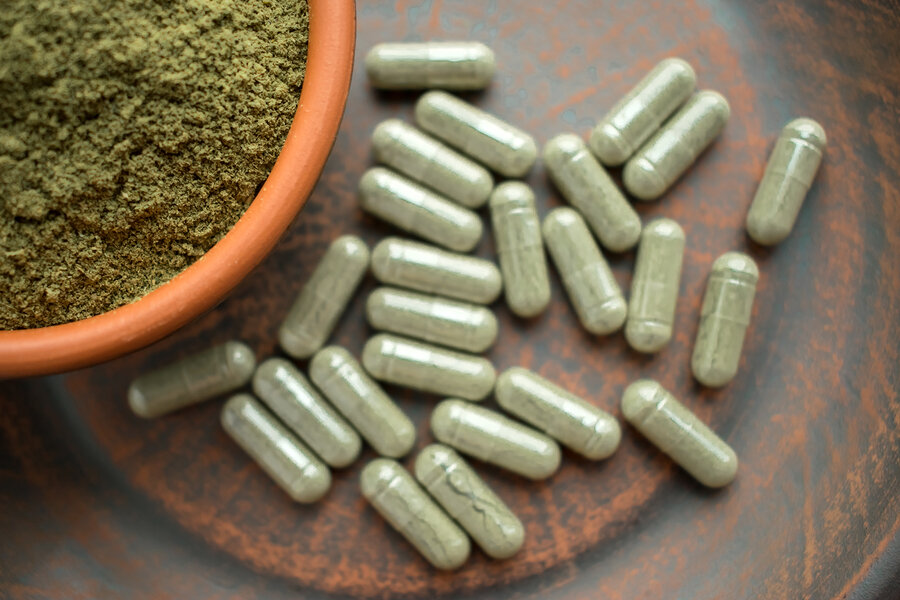Natural Herbs for Intractable Pain Syndrome
/By Dr. Forest Tennant, PNN Columnist
Intractable Pain Syndrome (IPS) is defined as constant pain with cardiovascular, metabolic and hormonal complications. IPS is caused by neuroinflammation inside the brain and spinal cord (central nervous system or CNS) that comes from excess electromagnetic energy generated by a painful disease or injury.
Excess electromagnetic energy activates an immune cell in the CNS called “microglia” to produce inflammation that then destroys tissue in the CNS. Unfortunately, tissue destroyed by inflammation impairs or damages the normal CNS mechanisms that shut off or cause pain to cease. A person may, therefore, develop constant (24/7) pain that overstresses the cardiovascular, metabolic and hormonal systems.
Tissue destruction in the CNS is well documented by brain scans. This relatively recent understanding of how neuroinflammation destroys CNS tissues and causes constant pain is arguably the most important discovery for pain treatment in the 21st Century. Why? We now have some ideas on how to treat IPS that can possibly cure or at least permanently reduce pain rather than just provide temporary, symptomatic relief.
Treating CNS Inflammation
When someone develops IPS, it is human nature to seek immediate pain relief and ignore its basic cause. If you have constant (24/7) pain, however, one must accept the fact that you have inflammation in the CNS that must be suppressed. Otherwise, you can reasonably assume that the pain will get worse.
While research has documented that CNS inflammation may spread, it is unknown whether it ever “burns out.” As of yet, there is no blood or x-ray test to know if “burn out” may occur. This means that every person with IPS must take one or more anti-inflammatory agents to stop further tissue destruction and the worsening of pain.
A problem when suppressing inflammation in the CNS is that only a few of the anti-inflammatory agents which are commercially available cross the blood brain barrier and enter the spinal fluid in sufficient amounts to be effective. This includes the non-specific anti-inflammatory drugs (NSAIDs) and corticosteroids.
Benefits of Natural Herbal Products
Interestingly, natural products such as botanicals, herbs, enzymes and hormones tend to cross the blood brain barrier and provide anti-inflammatory activity. A well-known common example is aspirin (acetylsalicylic acid), which is derived from willow tree bark.
This has caused a great deal of interest in the use of natural products for suppression of CNS inflammation. Several research studies in both laboratory tests and animals have found that some natural agents do indeed suppress CNS inflammation.
To date, research has identified five herbs that suppress CNS inflammation. There are likely other natural products that suppress CNS inflammation, but this list is a good start:
Ginseng
Curcumin
Resveratrol
Ginger
Fisetin
Currently, there are very few controlled blind studies in humans to demonstrate the effectiveness of these herbal products. Personally, I have often seen considerable effectiveness of natural products in reducing the pain of IPS. Other anecdotal reports from patients and doctors are also starting to accumulate.
Precise dosages are unknown, but the manufacturer of each herbal product will have some starting instructions on the label. Herbal agents appear quite safe and have few reported side effects. Herbs can be taken with corticosteroids, opioids, naltrexone, electrical stimulators, neuropathic agents, and essentially all medication used for treatment of IPS.
At this time, we believe there is enough research and clinical experience to recommend both herbal, non-prescription as well as prescription anti-inflammatory agents to assist treatment of IPS. The time has come to treat IPS with a broader-based approach rather than just the use of symptomatic pain relievers.
Based on our current knowledge, IPS will likely get worse unless a person’s treatment program includes agents that suppress CNS inflammation.
Forest Tennant, MD, DrPH, MPH is retired from clinical practice but continues his research on the treatment of arachnoiditis and intractable pain at the Arachnoiditis Research and Education Project. The Tennant Foundation gives financial support to Pain News Network and sponsors PNN’s Patient Resources section.





